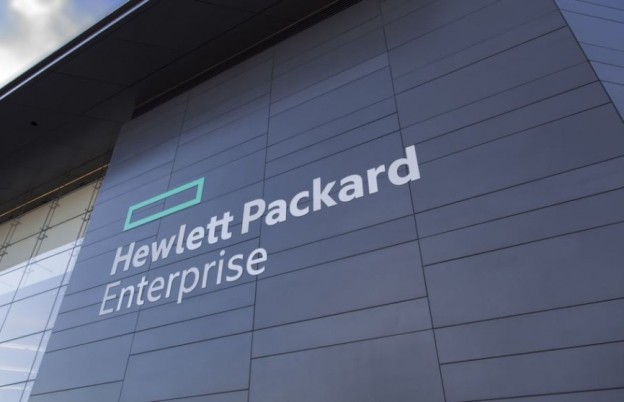Bangalore: HPE’s edge computing system Spaceborne Computer-2 (SBC-2) is on a space mission. The new system will power space exploration with real-time data processing capabilities in space for the first time.
Using HPE SBC-2, astronauts and space explorers aboard the International Space Station (ISS) will able to speed time-to-insight from months to minutes on various experiments in space.
These experiments varies from processing medical imaging and DNA sequencing to unlocking key insights from volumes of remote sensors and satellites – all using HPE’s edge computing system.
SBC-2 is scheduled to launch into orbit on the 15th Northrop Grumman Resupply Mission to Space Station (NG-15) on February 20. It will be available for use on the International Space Station for the next 2-3 years.
In honour of a famed black female NASA mathematician Katherine Johnson, the NG-15 spacecraft has been named “SS Katherine Johson.”
Prior to Spaceborne Computer-2, HPE had built Spaceborne Computer – a proof-of-concept launched in partnership with NASA in 2017 for ISS.
The purpose was to test the feasibility and operating capabilities of affordable, commercial off-the-shelf servers in the space right from rocket launch to seamless use on the ISS.
However, Spaceborne Computer had succeeded in meeting the needs of more reliable computing capabilities on the ISS, or low Earth orbit (LEO). It overcame ISS’s harsh zero-gravity environment and high radiation levels that can damage IT equipment required to host computing technologies.
For NASA having more reliable computing systems on the ISS is a pre-requisite for supporting human space travel to the Moon, Mars and beyond. For such space programs, reliable communications is a mission-critical need.
After Spaceborne Computer’s success with a one-year space mission, HPE is set to launch SBC-2 under sponsorship from the ISS U.S. National Laboratory. SC-2 is a more advanced edge computing system slated for a launch this month. Installed on the ISS, SC-2 will server the next 2-3 years for wider use.
Leveraging HPE’s edge computing system and server, SBC-2 will offer twice compute speed with purpose-built edge computing capabilities. HPE Edgeline Converged Edge system and HPE ProLiant server will ingest and process data from a range of devices, including satellites and cameras, and process in real-time.
It will also have graphic processing units (GPUs) to efficiently process image-intensive data requiring higher image resolution such as shots of polar ice caps on earth or medical x-rays. The GPU capabilities will also support specific projects using AI and machine learning techniques.
“The most important benefit to delivering reliable in-space computing with Spaceborne Computer-2 is making real-time insights a reality,” said Dr. Mark Fernandez, Principal investigator for Spaceborne Computer-2.
“Space explorers can now transform how they conduct research based on readily available data and improve decision-making,” added Fernandez, who is also HPE’s Solution architect, Converged Edge Systems.
“We are honored to make edge computing in space possible and through our longstanding partnerships with NASA and the International Space Station U.S. National Laboratory,” commented Fernandez.
“Edge computing provides core capabilities for unique sites that have limited or no connectivity, giving them the power to process and analyze data locally and make critical decisions quickly,” said Shelly Anello, GM – Converged Edge Systems, HPE.
“As we embark on our next mission in edge computing, we stand ready to power the harshest, most unique edge experience of them all: outer space,” added Anello.

